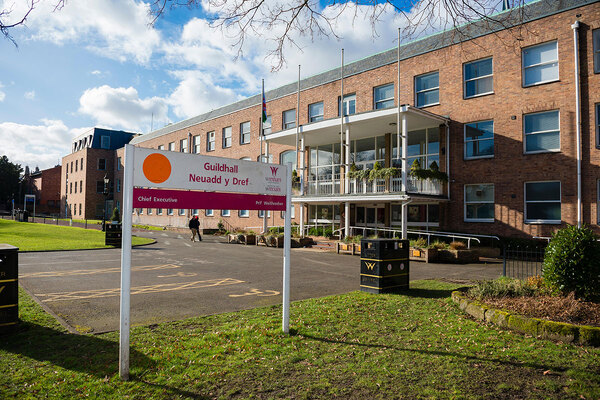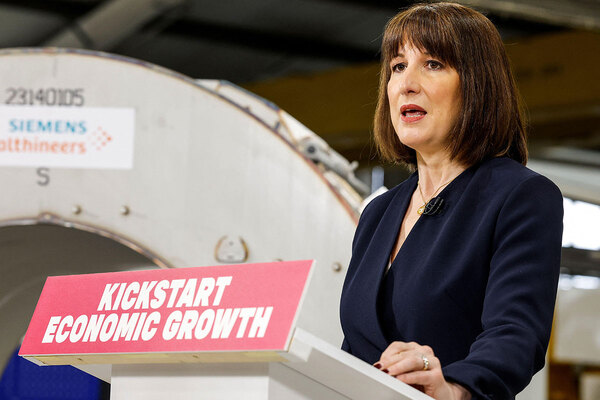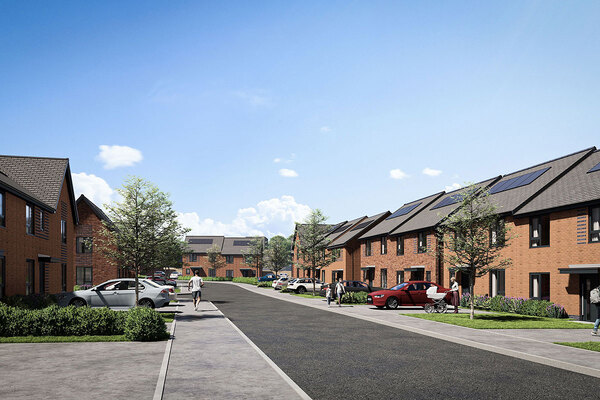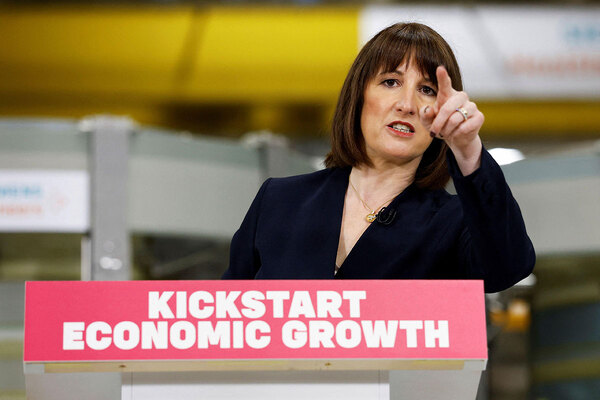You are viewing 1 of your 1 free articles
Latest housing research: the new UK government’s housebuilding policy
Ken Gibb, professor at the University of Glasgow, director of the UK Collaborative Centre for Housing Evidence and Thinkhouse Editorial Panel member, discusses whether the government can achieve its housebuilding goals
Three provocative reports all speak in different ways to the deliverability and the opportunity afforded by the government’s much-trailed plans to build 1.5 million new homes over its five-year term.
The first of these is written by Sophie Metcalfe for the Institute for Government – From the ground up: How the government can build more homes. This is a helpful paper that combines diagnosis of past failure to deliver a nuanced appreciation of the different factors that constrain building homes, and a series of principles and recommendations about housebuilding.
Written for the wider public policy ecosystem, it is a refreshing and broad perspective. For instance, it highlights not just the well-trodden arguments about planning delays and the declining capacity of the planning function, but also the problems that can be laid at the door of developers who trickle out new build to maintain prices.
The report connects the housebuilding programme to a wider set of governance reforms and a more systemic approach to housing policy. This includes:
- Long-termism – ensure that housebuilding remains a high political priority throughout; make long-term ministerial appointments in housing (although I am not sure how one achieves this in practice)
- Reconcile housebuilding with wider environmental objectives, but also plan for new housing where it aligns best with infrastructure and growth objectives – which also connects to the New Towns strategy
- Prioritise national housing targets over local objections, but local areas need to share in the benefits of new development. Also equip the planning system to deliver, and this must include much more investment in planning jobs and capacity. For me, a key theme must remain how to sustain brownfield development and new investment in lower-value housing market regions (ie don’t lose sight of levelling up entirely)
- Support skills development and people capacity to ensure the programmes are resilient and sustainable. We must also continue to regularly review the conduct and performance of the industry to keep it aligned with desired outcomes
The second report, by Camron Aref-Adib, Jonathan Marshall and Cara Pacitti for the Resolution Foundation, is called Building blocks: Assessing the role of planning reform in meeting the government’s housing targets. The government’s ambitious plan, thus far, is focused on planning reform as the lever to make change happen. The report argues that this is a necessary but not sufficient condition to build the numbers required.
The government can improve the system, it can be more ‘muscular’ with recalcitrant councils, but it is the private sector that must build homes and turn planning permissions into homes and communities, and it needs direct public investment to support the critical need for much more social and affordable housing.
Tough mountains to climb
The Resolution Foundation raises important challenges, not least whether there are enough people with the skills to deliver homes. There are also concerns that more brownfield, while helpful, will only get us so far and the promise of grey belt may be overstated, especially where it is not well connected to infrastructure and amenities.
Turning explicitly to building more social and affordable homes, the third report was commissioned by Southwark Council with contributions from Toby Lloyd and Rose Grayston and is entitled Securing the Future of Council Housing: Five solutions from over 100 of England’s council landlords.
At the Spending Review, they seek five interventions: establish a new fair and sustainable Housing Revenue Account (HRA) model; reform the Right to Buy by reducing discounts and ending the Right to Buy on new build; remove red tape to free up the Affordable Homes Programme and other relevant funds; announce a green and decent homes programme; and fund the completion of new council homes as a counter-cyclical measure.
Detailed proposals include treating HRA borrowing as many other countries do, not as public spending, because through rental income it literally pays for itself (unlike most other infrastructure investments). In a context of the chancellor reforming the wider fiscal rules to support further public investment, this may now, finally, be the time for these sorts of reforms.
Overall, to build more homes, achieve policy targets and meet need will be tough mountains to climb. But it is a significant change in gear after a long period of neglect and short-termism in respect of what is clearly a long-term game. A New Towns programme is welcome in many respects but is a generational, not a five-year policy. But that, as with so much of the discussion here, is precisely why we need to get started.
Ken Gibb, professor, University of Glasgow; director, UK Collaborative Centre for Housing Evidence; and member, Thinkhouse Editorial Panel
Sign up for our daily newsletter
Already have an account? Click here to manage your newsletters












